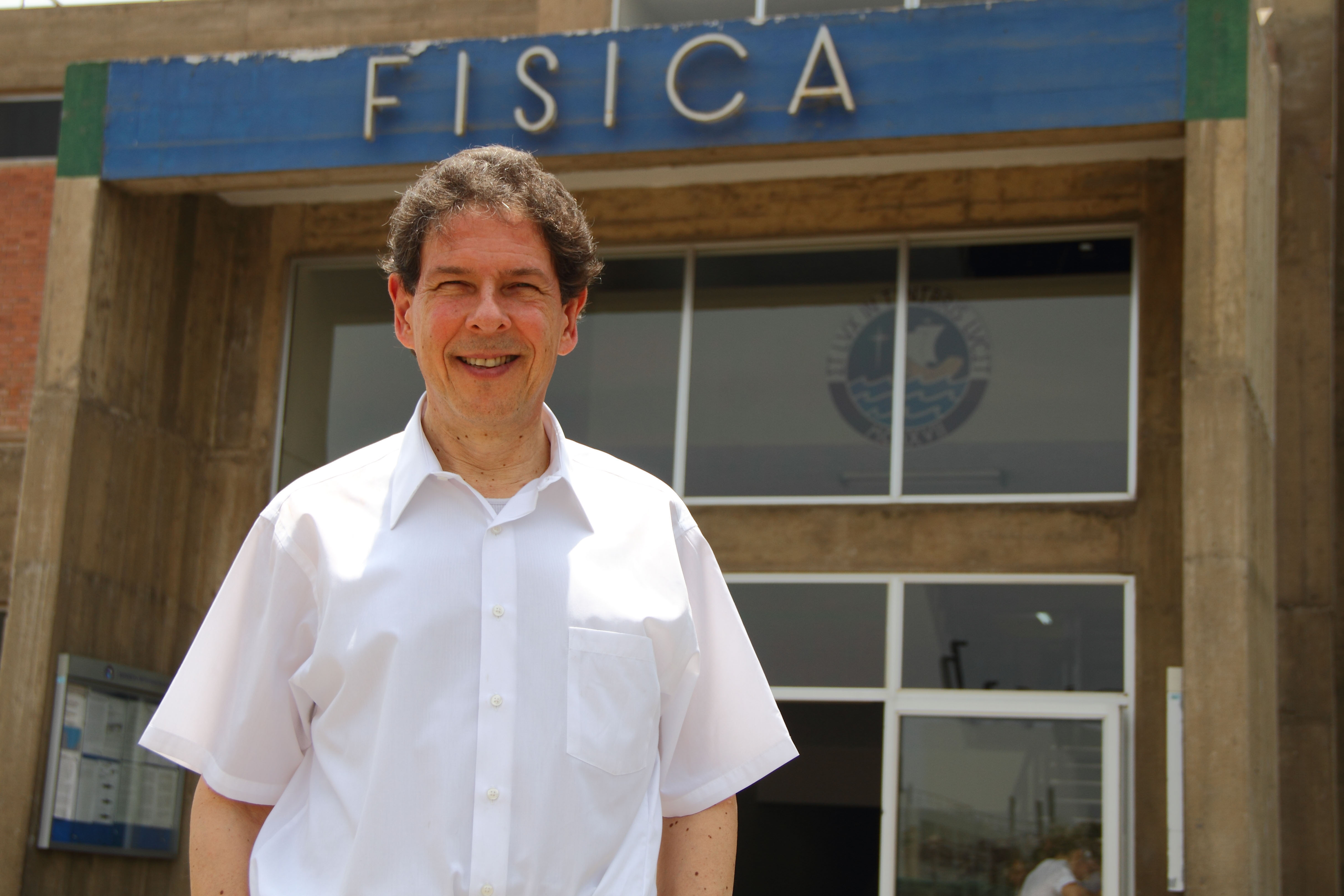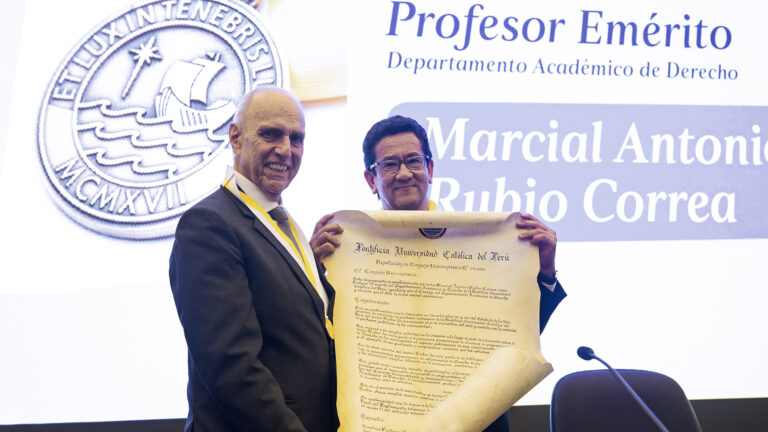“String Theory Could Let Us Understand the Universe in its Integrity”

In string theory, gravitation is an adjusted version of Einstein’s theory of relativity. Doctor Barton Zwiebach, a professor at the Massachusetts Institute of Technology, and an expert in string theory, explained why this theory is so interesting and how it differs from Einstein’s theory at the colloquium Generalized Geometry And Gravitation in String Theory.
Texto:
Paloma Verano
What is the first thing to understand about string theory?
We all know strings in a violin or a piano. These are not relativistic strings because they vibrate with very little energies and, when they do, their velocities are slow. The strings we study as essential theory are relativistic; they work with high energies, and move and vibrate in high velocities. These strings fulfill the characteristics of Einstein’s special theory of relativity. The main aspect that we need to understand is that this theory is a quantic version of the relativistic strings.
Why is it labeled as a universal theory?
This theory applies for the entire universe. It seems that, in physics, there are several theories for different occurrences: electromagnetism, hydrodynamics, strong interactions, or gravity theories. Nevertheless, some of these theories are actually approaches of other theories. All of them are related and cannot exist without another. What makes string theory so interesting is that it puts all theories on the same plane; it assimilates them, and gives us a frame to understand the relationship between them.
How does this theory apply to our understanding of the world?
The question string theory is trying to answer is: what gives rise to particles? When we think about a string, we never think of it as a particle, but as an object. Before this theory, elemental particles were not conceived as they had parts. The electron, for example, had mass and charge, but not size; therefore, it could not be divided. The string is different: it is a basic object. The string is not made out of another, simpler object. In other words, the string has not substructure. The notion we have of particles is that, if we see them trough a microscope, we will start to see that each of them is a vibrating string. How it vibrates determines what kind of particle it is. Just as each vibration determines a specific note in musical instruments, in this case it determines a particle.
How could we use string theory in the daily basis?
String theory can be used in other fields of study, such as black holes, nuclear physics, or condensed matter. It would be a huge achievement for the humanity if we could prove that the great theory about the universe has been completely understood. String theory could let us understand the universe in its integrity. If that happens, we could know where we come from and where we are going, or if other universes exist. To be sure, string theory could give an answer to the most fascinating questions.
Doctor Barton was a guest speaker in the colloquiums at the Physics Auditorium. The colloquiums seek that the students at the Physics Department and those studying science at the PUCP and other universities complement their studies with the interaction with researchers, in order to have knowledge of the different fields in which they can apply their careers. They are broadcasted live online. If you need more information about them, please send an email to coloquios@fisica.pucp.edu.pe
Translated by: Rosario Yori



Deja un comentario